It’s a universal truth that no matter how sweet and gentle they may seem, even the most well-behaved dogs have a tipping point. You think you know your furry friend inside and out, but sometimes, certain actions or environments can flip a switch you didn’t know existed. It’s not about being hyper-vigilant or paranoid; it’s about understanding and respecting the triggers that could potentially alter your dog’s demeanor. By acknowledging these triggers, you can help your companion stay the loving pet you adore.
1. Loud Sudden Noises
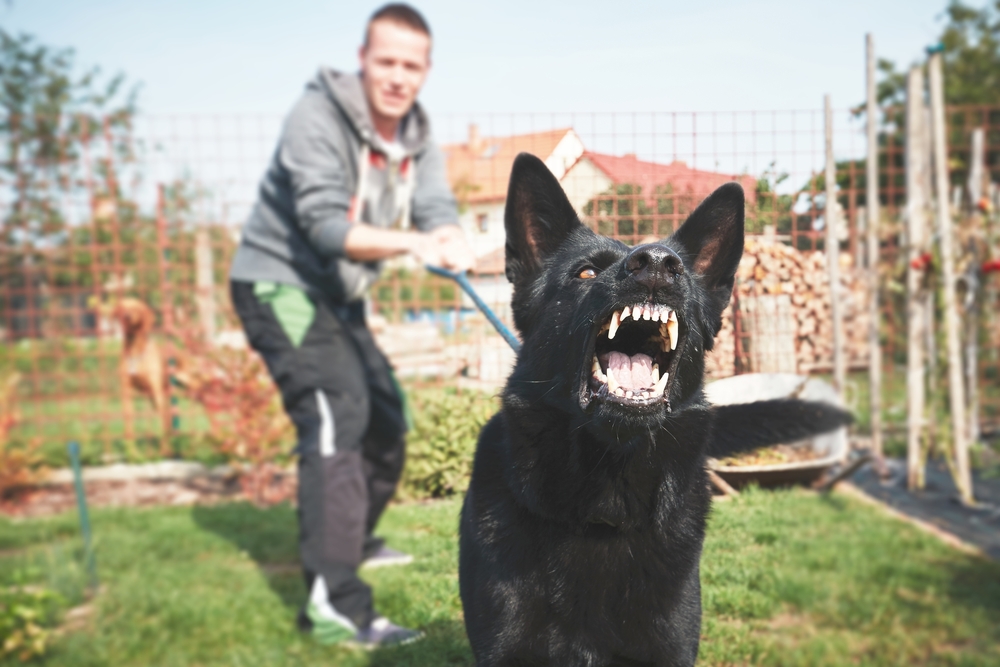
Unexpected loud noises like fireworks or thunderstorms can transform your gentle pup into a bundle of nerves. According to a study by Dr. Emily Blackwell, loud noises are one of the most common phobias in dogs, which can sometimes lead to aggressive behavior as a defensive response. Your dog doesn’t understand that these noises won’t harm them, and their immediate reaction is to protect themselves. By providing a safe space or using calming techniques, you can help mitigate this fearful response and maintain their sweet demeanor.
Even familiar sounds, like a dropped pan in the kitchen, can startle them into a temporary state of aggression. It’s not that they mean to lash out, but their fight-or-flight instinct kicks in. Be mindful of your dog’s comfort with noise, and offer reassurance in chaotic moments. A calm voice and a gentle touch can work wonders in soothing their frayed nerves.
2. Resource Guarding
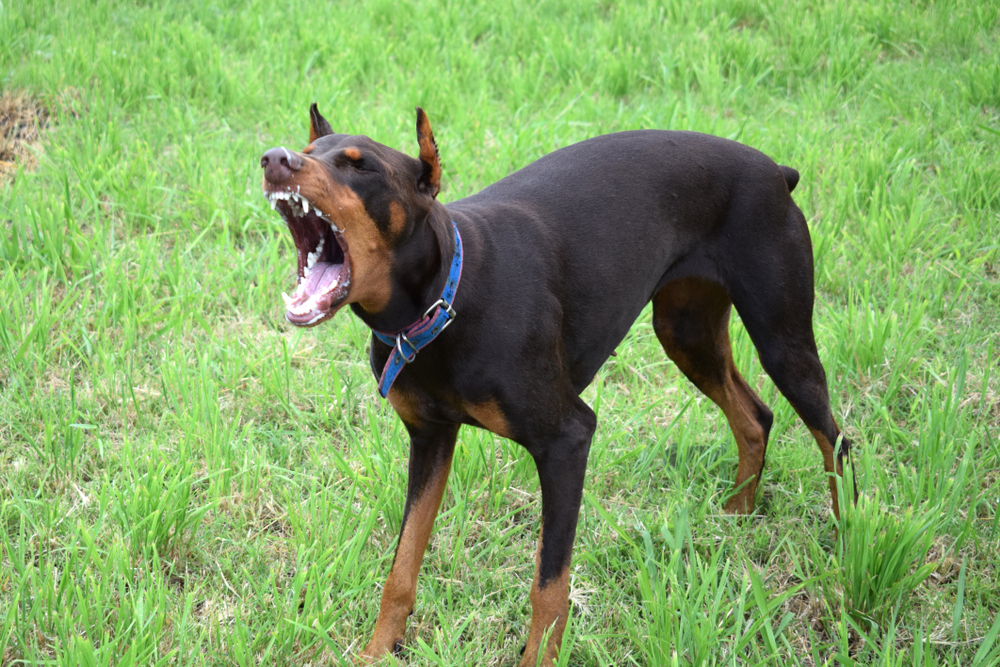
Dogs can be fiercely protective of what they deem as theirs: toys, food, even you. It’s not an act of defiance but a deep-rooted instinct to safeguard their resources from perceived threats. When another pet or even a human gets too close to their prized possessions, they might react with aggression. Understanding this behavior allows you to manage their environment to minimize these scenarios.
Teach your dog to share gradually, starting with non-threatening items and working up to more cherished belongings. Rewarding them for calm behavior when someone approaches their resources can diminish their need to guard. Encourage a sense of abundance rather than scarcity, which helps them feel secure. As their trust builds, their aggressive tendencies typically lessen.
3. Physical Pain
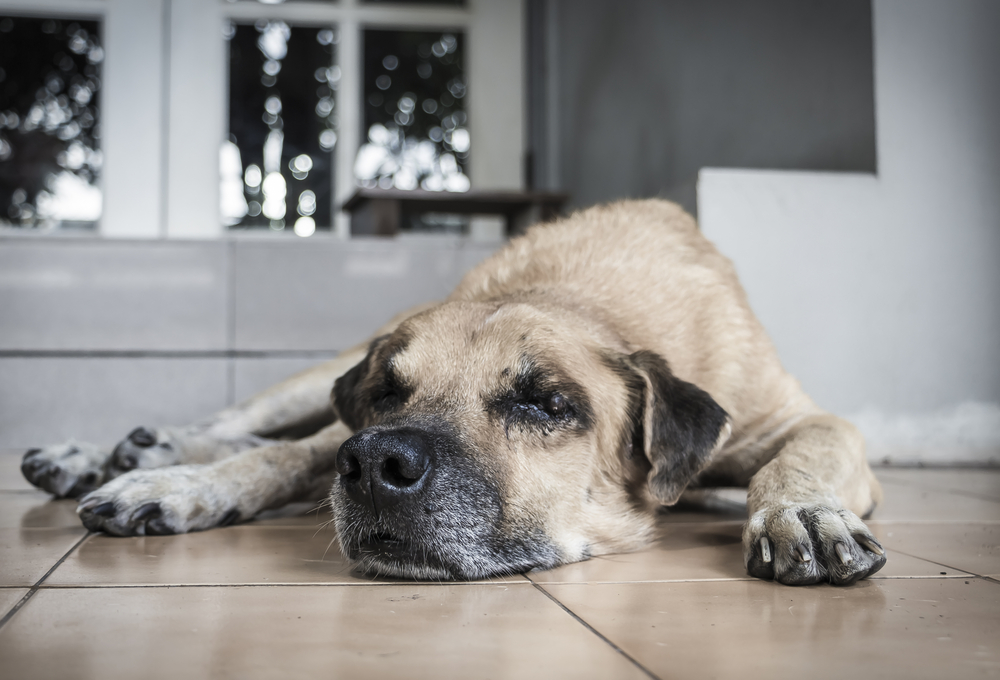
Pain can bring out the worst in all of us, and dogs are no exception. A study by Dr. Bonnie Beaver found that dogs in pain are significantly more likely to exhibit aggressive behaviors because they instinctively want to protect their vulnerable bodies. You might not notice a hidden injury or ailment, but your dog will certainly feel it. Regular vet check-ups are crucial to preemptively address any issues that might make them feel uncomfortable or threatened.
Aches and pains can make even the sweetest canine cranky and short-tempered. This isn’t them showing their true colors but rather a cry for help. Pay attention to any changes in their behavior that could indicate pain, such as growling when touched in a specific area. Your attentive care can prevent pain-induced aggression and nurture their peaceful nature.
4. Invasion Of Personal Space

Dogs, like us, have their own sense of personal space, and invading it can lead to discomfort or irritation. Imagine how you feel when someone stands too close, and you begin to understand how your dog might react. The constant poking or prodding from unfamiliar children or even enthusiastic adults can push them towards aggression. It’s essential to respect their boundaries and teach others to do the same.
If a dog backs away or growls, it’s their way of saying “enough.” Ignoring these cues can escalate their discomfort into defensive aggression. Always approach a dog slowly and allow them to come to you when they’re ready. By respecting their space, you show them that their comfort is your priority, reducing the likelihood of any aggressive outbursts.
5. Lack Of Socialization
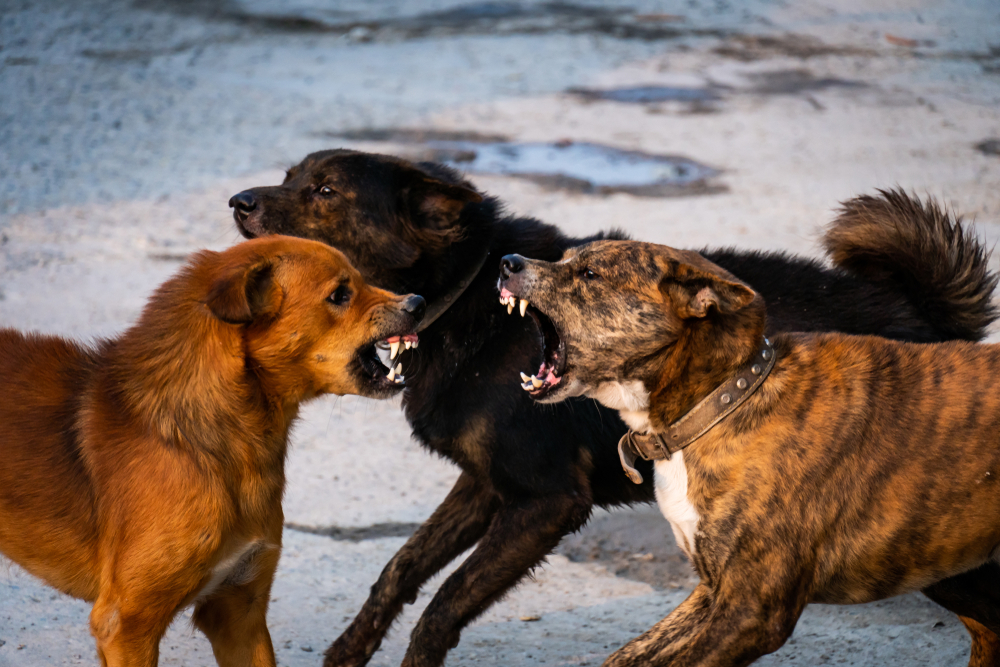
Dogs that haven’t been properly socialized may see unfamiliar people, animals, and environments as threats. According to dog behaviorist Dr. Sophia Yin, early socialization is key in preventing fear-based aggression later in life. When dogs aren’t exposed to various situations as puppies, they can become anxious and defensive when they encounter new things. This anxiety can manifest as aggression as they attempt to protect themselves from the unknown.
Proper socialization involves introducing your dog to a variety of people, environments, and other dogs in a controlled and positive way. It’s about creating positive associations rather than overwhelming them. If socialization wasn’t a part of their early life, it’s never too late to start, though it might take more patience and time. A well-socialized dog is generally more confident and less prone to aggression, which ultimately enriches their life and yours.
6. Overstimulation
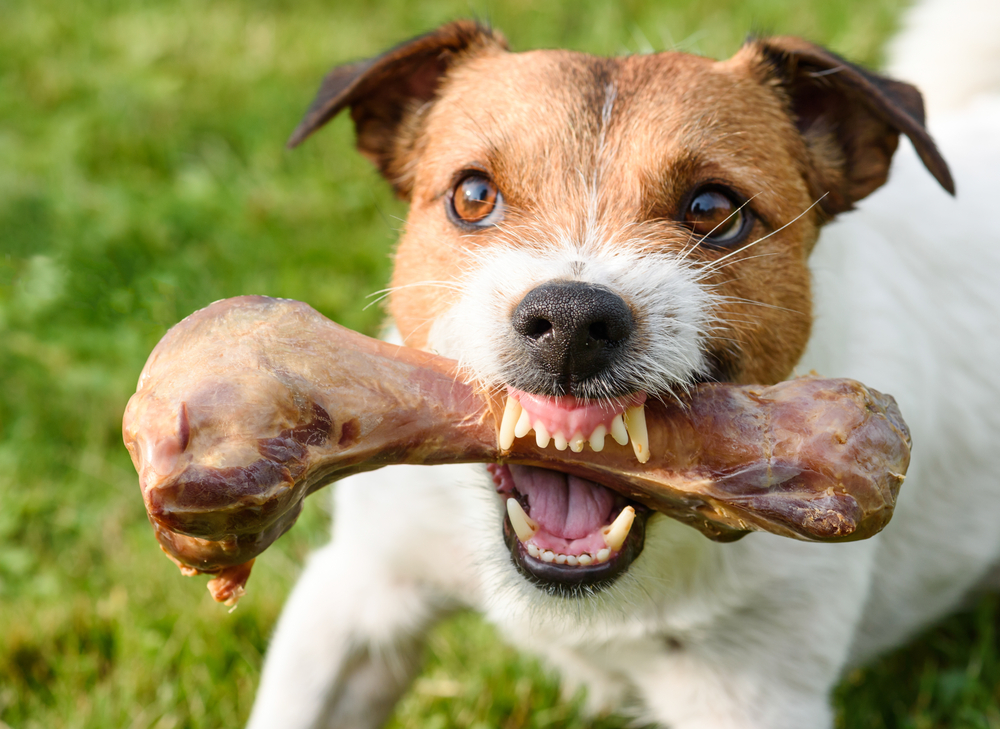
Too much of a good thing can be overwhelming, even for dogs. Imagine being at a party where the music is blaring, people are everywhere, and lights are flashing—it can get too much for anyone. Similarly, dogs subjected to excessive stimuli may react with aggression, not out of anger, but from sheer sensory overload. Understanding this can help you create a more balanced environment for them.
When your dog gets overwhelmed, it’s important to give them some quiet time to decompress. Watch for signs like excessive panting or restlessness, which indicate they need a break. Creating a calm, safe space for them to retreat to can alleviate overstimulation anxieties. It’s all about finding that sweet spot where they’re engaged but not overwhelmed.
7. Irregular Exercise

Idle paws can become the devil’s playground. Dr. Stanley Coren, a renowned canine psychologist, emphasizes that a lack of physical activity can lead to pent-up energy, which might come out as aggression. An under-exercised dog may not mean to be irritable, but their restless energy needs an outlet. Regular physical activity is essential for their mental and emotional well-being.
Exercise is more than just physical; it’s mental stimulation, too. Engaging activities like walks, playtime, and interactive toys can help expend their energy constructively. A tired dog is a happy dog, and they’re less likely to display aggressive behaviors. By keeping their bodies and minds active, you foster a calmer, more content pet.
8. Routine Changes

Dogs thrive on consistency and predictability, and altering their routine can unsettle them. Imagine if your world suddenly shifted without warning; it might unsettle you, too. A change in feeding times, where they sleep, or who they interact with can lead to anxiety-induced aggression. It’s their way of coping with the uncertainty that disrupts their usual flow.
Ease them into any changes by gradually adjusting their schedule or environment. Provide reassurance through these transitions with familiar comforts and routines that remain unchanged. This can help them feel secure despite the shifts happening around them. Understanding and mitigating your dog’s anxiety during these times nurtures their natural sweetness even amidst change.
9. Fear Of Strangers
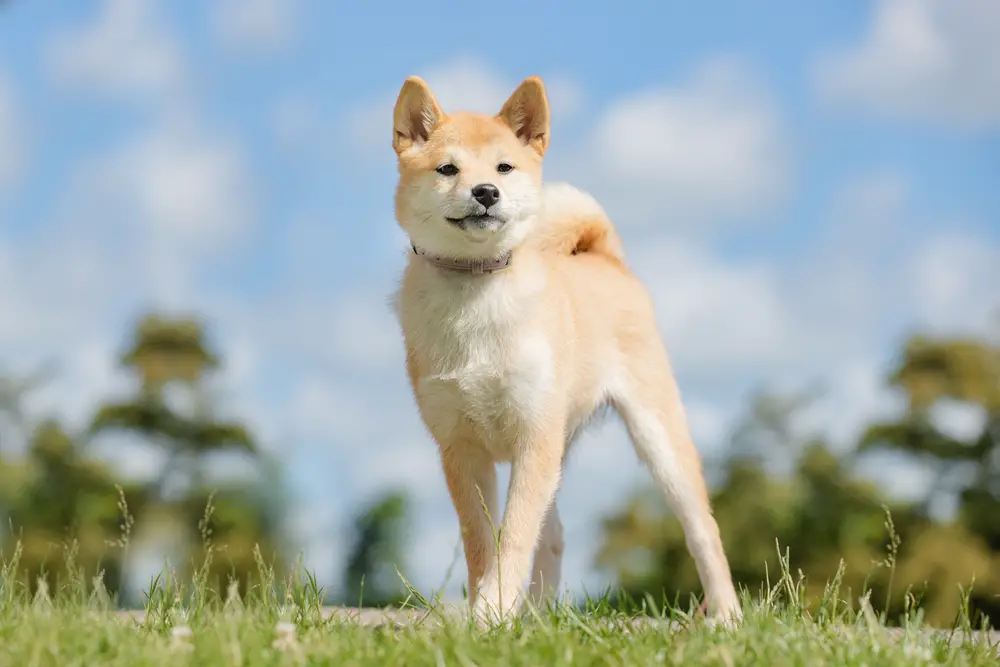
A stranger in the house can be a source of anxiety for some dogs. It’s not personal; it’s self-preservation. Their instinct is to protect their territory from unknown entities, which can sometimes manifest as aggression. Establishing trust with new people requires patience and positive reinforcement.
Introduce your dog to strangers slowly, allowing them to approach at their own pace. Encourage the stranger to offer treats or toys, turning the unknown into a source of positivity. Over time, your dog will learn that strangers aren’t threats, but potential friends. This approach helps maintain their amiable nature and reduces fear-based aggression.
10. Being Teased
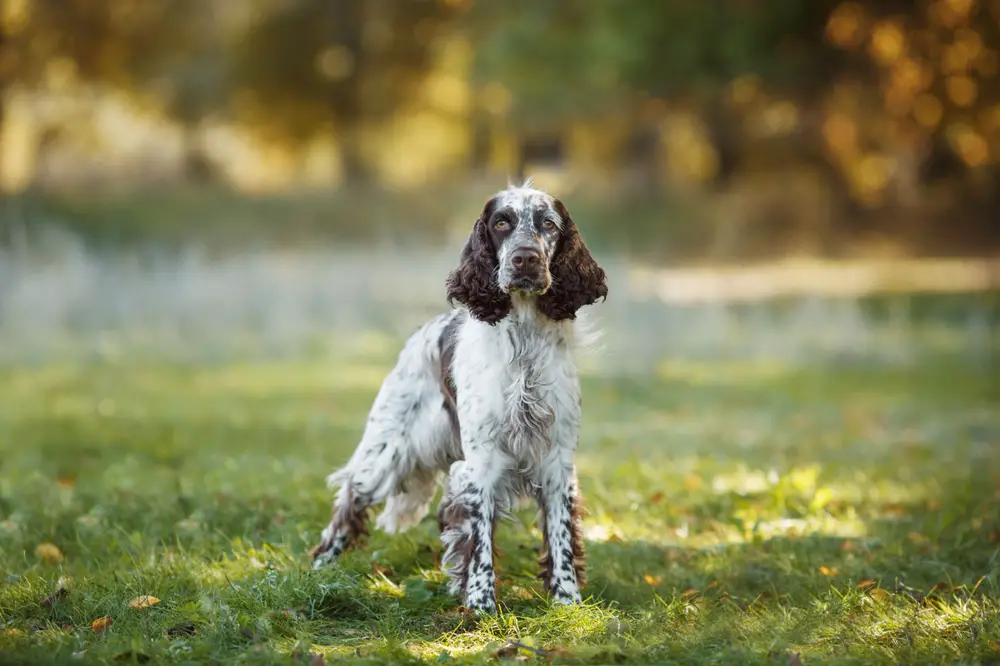
Even the gentlest dog has their limits when it comes to teasing or provocation. Continuous poking, pulling, or taunting can wear thin and lead to a defensive response. It’s not that they lack a sense of humor, but there’s a fine line between play and irritation. Understanding this boundary is crucial for a harmonious relationship.
Teach children and visitors the importance of respecting your dog’s cues. Educating others about appropriate play ensures your dog feels safe and understood. When your pet knows they’ll be treated with kindness and respect, they’re less likely to react aggressively. It’s all about mutual respect and understanding—a cornerstone of any healthy relationship.
11. Strange Environments

New places can be exciting but also intimidating for dogs. Their usual confidence might waver when surrounded by unknown sights, sounds, and scents. This insecurity can sometimes result in aggression as they try to regain a sense of control. Recognizing this can help you support them in unfamiliar settings.
Introduce new environments gradually, allowing them time to acclimate at their own pace. Short trips with lots of positive reinforcement can help ease their anxiety. With each successful outing, their confidence will grow, and the likelihood of aggression will decrease. Familiarity breeds comfort, turning the unknown into an adventure rather than a threat.
12. Being Restrained

Feeling physically confined can be distressing for dogs, triggering a fight-or-flight response. Whether it’s a tight leash or an uncomfortable harness, this sensation of restriction can lead to frustration and aggression. It’s not about disobedience but an instinctive reaction to feeling trapped. Understanding this can help you choose the right tools for your dog.
Ensure that any restraints used are comfortable and properly fitted. Give them time to adjust to new collars or harnesses, building positive associations through treats and praise. This approach helps them feel secure and less likely to react aggressively when restrained. It’s all about balancing safety with comfort.
13. Being Ignored
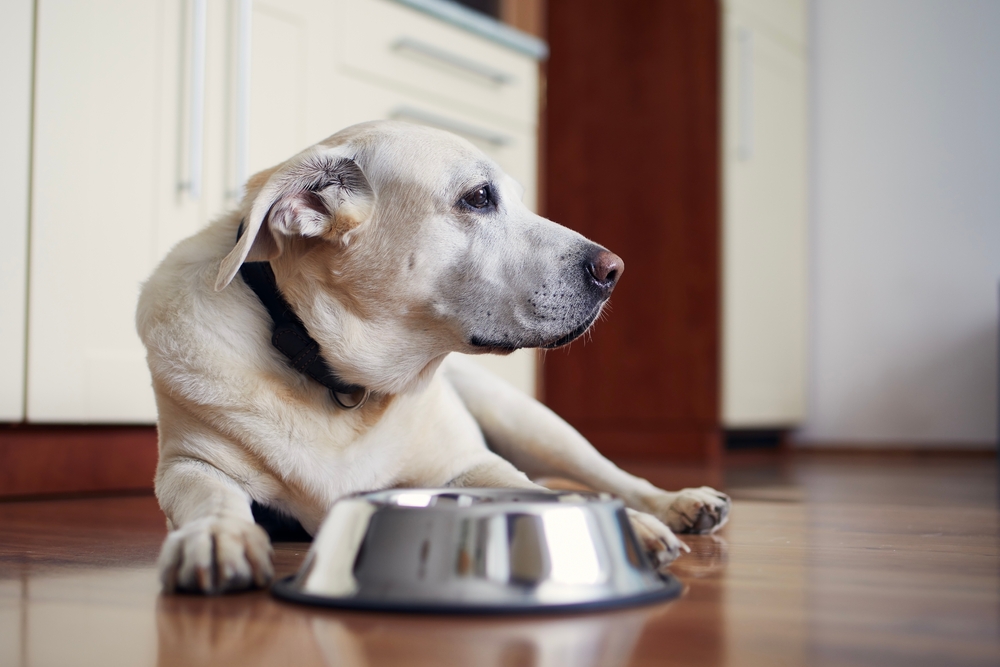
Dogs, like humans, thrive on attention and interaction. Ignoring a dog can sometimes lead to attention-seeking behaviors that might escalate into aggression. It’s not malicious; it’s a desperate plea for engagement. Recognizing this helps you address their needs before they resort to more drastic measures.
Spend quality time with your dog, ensuring they feel loved and valued. Engage them with activities that stimulate both their bodies and minds. When they feel fulfilled and content, they’re less likely to act out aggressively. It’s about maintaining a balance between independence and companionship.
14. Territorial Instincts
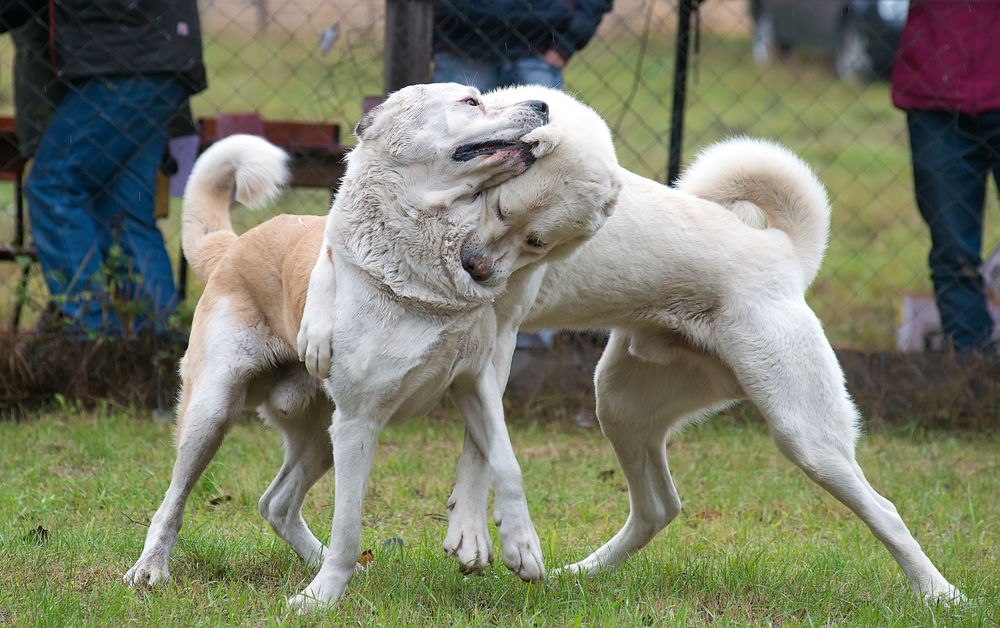
Dogs are naturally territorial creatures, and any perceived encroachment can trigger aggression. It’s an instinctive drive to protect what they consider theirs, from their home to their humans. Respecting their territory while managing their interactions with new people or animals is key. Understanding this instinct helps you anticipate and prevent potential conflicts.
Introduce new elements into their territory gradually and positively. Reinforce good behavior with treats and praise when they remain calm. This helps them learn that not all newcomers are threats to their domain. By managing their environment, you help them maintain their naturally sweet nature.
15. Sensing Your Stress
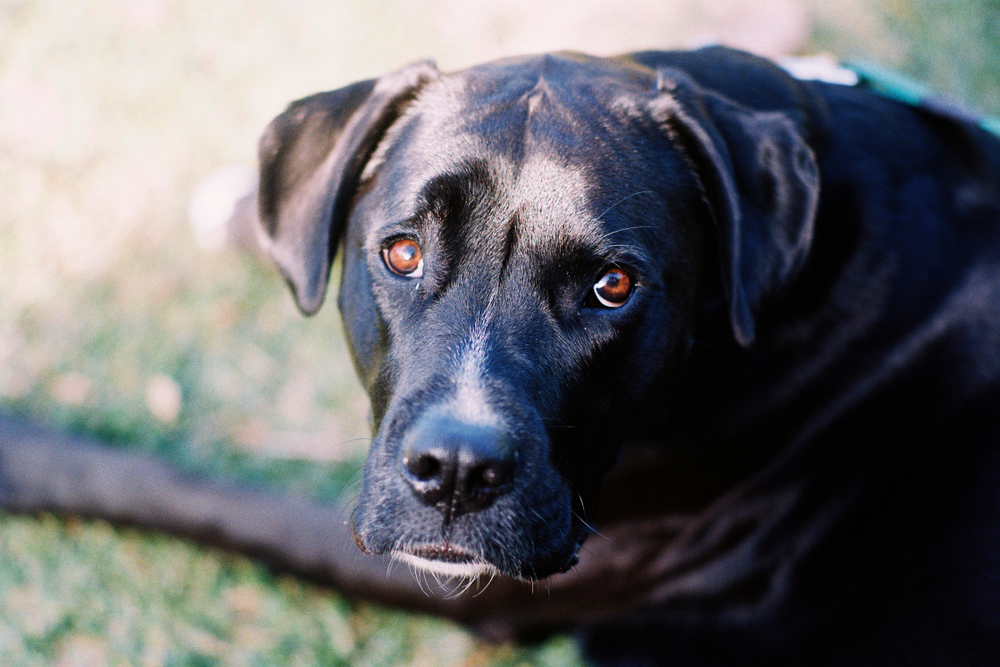
Dogs are incredibly attuned to their humans’ emotional states. When you’re stressed, they can sense it, which might make them anxious or aggressive as they attempt to mirror or respond to your emotions. It’s a testament to their bond with you, but it can have unintended consequences. Recognizing this connection allows you to address both your and your dog’s emotional well-being.
Practice stress-reducing techniques that benefit both you and your dog. Activities like walking together or playing can alleviate stress for both parties. By managing your stress, you help maintain a calm, positive environment for your dog. It’s a mutual relationship where both your peace of mind and theirs are interlinked.
